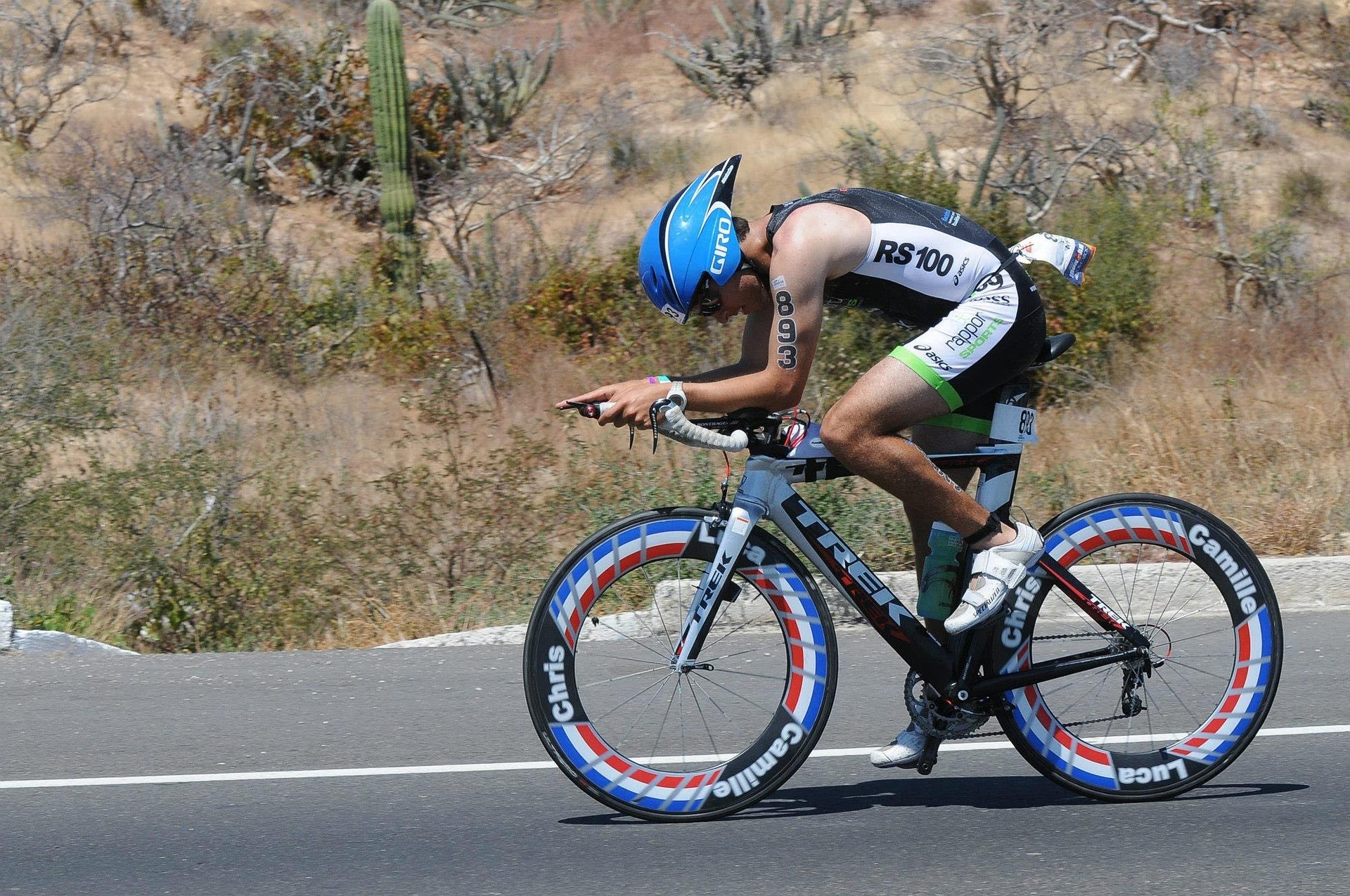Where to Train for Triathlon, Part 2: The Bike
Where to ride your bike may seem straightforward, but is it?

As discussed in Where to Train for a Triathlon, Part 1: The Swim, setting yourself up for success in training begins with proper planning. You must obtain access to the necessary equipment, find suitable locations and gain the know-how.
This certainly applies to training for the cycling segment of a triathlon as well.
Indoor bike trainer vs. stationary bike
Smart technology can be a feature of both, and allows you to record your workout, join a class, plan your digital routes and much more.
Stationary bikes are easy and convenient to use. You do not have to haul your road bike in and out and some are equipped with smart technology. You can set your own workouts or ride along with live or pre-recorded spin classes.
Investing in an indoor training set-up ultimately comes down to preference and cost.
Depending on the trainer, your bike will either connect by clamping to the rear axle and wheel or by replacing the rear wheel all together with a flywheel (direct drive trainer).
If you have a smart trainer, there are many training apps and programs from which you can choose. For example, you can activate your workout in a digital training software such as Zwift. Select your workout and your interval targets and progress will be recorded in real time.
Wahoo Snap: Wheel on trainer Wahoo Kickr: Direct drive trainer
You can also activate ERG mode (pronounced “ergh”), which automatically sets the power on the trainer, all you need to do is pedal. If you do not use ERG mode or do not have a smart trainer, simply change gears as if you were riding outside to increase or decrease resistance.
Make sure you are in a ventilated area to avoid overheating. The air around you will heat up as your body temperature rises.
Lay a towel over the handlebars and stem to keep as much sweat and hydration off of your bike as possible. Wipe down your area following each ride.
Outdoor riding
When riding outdoors, you will need a safe and proper course, access to fuel and hydration, and contingency plans in the event of an emergency.
Odds are that other cyclists in your area have mapped out courses and use online tools such as Strava, Garmin or ridewithGPS. Check local social media ride groups and talk with your local bike shop for routes and group rides.
Avoid busy roads, major highways and rough surface areas. Be sure to find routes that have adequate bike lane room.
Plan ahead for nutrition and hydration. Make sure to have more than enough on hand for the ride you are executing.
Things everyone should know when riding outdoors
Make sure to familiarize yourself with your state’s cycling laws.
Ride with traffic.
Never ride on the sidewalk.
Lights are highly encouraged. Flashing LED lights are a good option to have, red in the back and white in the front.
Always assume drivers do not see you. Make eye contact to ensure you are seen.
Remember that you are a vehicle on the road and must abide by the same rules of the road as a motorized vehicle. Stop at red lights and stop signs and obey the speed limit.
Signal all turns and stops. You will use the following hand gestures:
Image courtesy of Arizona Department of Public Safety
Group riding
The general rule of thumb is cyclists should ride two abreast; it makes riders more visible and helps to ensure that drivers pass at a safe distance. Before heading out, be sure to familiarize yourself with the cycling laws in your state.
When in a paceline, keep a foot or two of gap between your front wheel and the rear wheel of the rider in front of you. You should never have wheels overlap (when your front wheel is past the end of the other rider’s back wheel).
Only use your aero bars if you are the lead rider. According to AgeGrouper Ian Hertzler (M40-44, NJ), “Aero bars and Tri bikes only belong on group rides with triathletes who feel the necessity to always ride their tri bike.”
Point out debris or obstacles on the road for riders behind you.
Calling out “Car back!” will alert riders in front of you that a car is approaching from behind. “Runner up” to alert an oncoming pedestrian you are about to pass.

